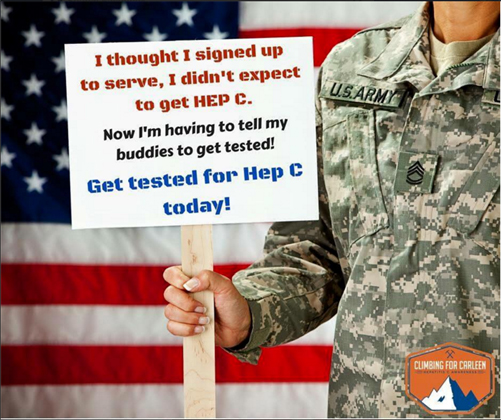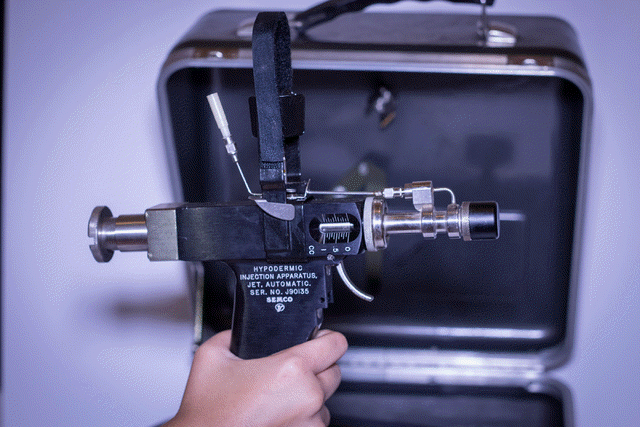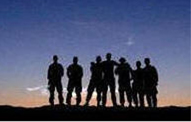|
|
|||||||||||||||||||||||||||||||||||||||||||||||||||||||||||||||||||||||||||||||||||||
|
|
|||||||||||||||||||||||||||||||||||||||||||||||||||||||||||||||||||||||||||||||||||||
|
Hepatitis C virus (HCV) assays are used to evaluate for HCV infection.
CategoryHCV assays Device detailsHCV antibody assays include the following:
HCV RNA qualitative assays include the following:
HCV RNA quantitative assays include the following:
HCV genotyping assays include the following:
Design Features
Currently, 2 hepatitis C virus (HCV) enzyme immunoassays (EIAs) are approved by the US Food and Drug Administration (FDA) for clinical use: Abbott HCV EIA 2.0 and ORTHO HCV Version 3.0. These assays are 99% specific but cannot distinguish acute from chronic infection. The most recent third-generation EIA detects antibodies against core protein and nonstructural proteins 3, 4, and 5 and can yield positive results an average of 8 weeks after the onset of infection.
Two other serologic assays are FDA-approved: VITROS Anti-HCV , an enhanced chemiluminescence immunoassay (CIA), and Elecsys Anti-HCV, an electrochemiluminescence (ECL) assay. The OraQuick HCV Rapid Antibody Test is designed for use with venipuncture whole-blood samples. The test has an estimated sensitivity of at least 99%. The device uses a test strip coated with HCV antigens. After the blood sample is mixed with buffer, the test strip is placed into the test vial. The strip is read 20-40 minutes later; the appearance of a colored line indicates the detection of anti-HCV. All positive test results should be confirmed with further testing. Assays for serum HCV RNA use signal amplification (branched DNA [bDNA]) or target amplification techniques (real-time polymerase chain reaction [RT-PCR], transcription-mediated amplification [TMA]) (see Tables 1 and 2 below).[1, 2, 3] Table 1. FDA-Approved Qualitative HCV RNA Assays (Open Table in a new window)
FDA = US Food and Drug Administration; HCV = hepatitis C virus; RT-PCR = real-time polymerase chain reaction; TMA = transcription-mediated amplification. Table 2. FDA-Approved Quantitative HCV RNA Assays (Open Table in a new window)
bDNA = branched DNA; FDA = US Food and Drug Administration; HCV = hepatitis C virus; RT-PCR = real-time polymerase chain reaction. HCV genotyping can be performed by means of direct sequence analysis, reverse hybridization to genotype-specific oligonucleotide probes, or restriction fragment length polymorphisms (RFLPs). The Trugene HCV genotyping assay is based on direct sequencing followed by comparison with a reference sequence database. The Versant HCV line probe assay (formerly known as INNO LiPA HCV II) is based on reverse hybridization of a PCR amplicon on a nitrocellulose strip coated with genotype-specific oligonucleotide probes; the Roche Linear Array test uses a similar methodology.
The diagnosis of acute or chronic HCV infection requires testing with serologic assays for specific antibody to HCV (anti-HCV) and molecular assays for HCV RNA. Anti-HCV testing is also used to screen for infection. In the past, qualitative HCV RNA assays were preferred to quantitative assays for diagnosis because of their greater sensitivity. However, the sensitivities of the newer quantitative HCV RNA assays are comparable to those of qualitative assays, and quantitative testing is now recommended for diagnosis.[1]
In addition to conventional serologic testing, a portable and easy-to-use assay, the OraQuick HCV Rapid Antibody Test, was approved by the US Food and Drug Administration (FDA) in June 2010. The new test provides results in 20 minutes and is indicated for HCV screening in persons who are at risk for hepatitis or show signs or symptoms of hepatitis. The test should not be used to make a final diagnosis of HCV infection. HCV genotyping is helpful for predicting the likelihood of response and planning the duration of treatment. However, none of the commercially available tests have been approved by the FDA. The AASLD guidelines make the following recommendations for diagnostic testing of acute and chronic HCV infection[1] :
Clinical Implementation
Differentiation of acute from chronic hepatitis C virus (HCV) infection depends on the clinical presentation (eg, the presence of symptoms or jaundice or elevation of serum alanine aminotransferase [ALT] levels). HCV RNA can be detected in serum as early as 2 weeks after an acute exposure, whereas anti-HCV generally is not detectable before 8-12 weeks. The interpretation of HCV assays is outlined in Table 3.[1]
Table 3. Interpretation of HCV Assays (Open Table in a new window)
False-negative results for anti-HCV serology can occur in immunocompromised persons, such as those with HIV type 1 infection, renal failure, or HCV-associated essential mixed cryoglobulinemia. False-positive enzyme immunoassay (EIA) results are more likely to occur in persons without risk factors and in those without signs of liver disease, such as blood donors or healthcare workers. Serum HCV RNA levels help predict the likelihood of a response to treatment, and quantitative changes in serum HCV RNA can also be used to monitor treatment response. To avoid confusion, the same quantitative test should be used throughout therapy, and results should be reported in international units (IU) so that the data are readily comparable. Genotyping is useful in the clinical management of HCV infection for predicting the likelihood of response and determining the optimal duration of therapy. Patients with genotypes 1 and 4 are generally treated for 12 months, whereas 6 months of treatment is sufficient for other genotypes. In patients undergoing treatment of hepatitis C virus (HCV) infection, monitoring of HCV RNA by means of a sensitive assay, along with a complete blood cell count (CBC) and measurement of serum creatinine and alanine aminotransferase (ALT) levels, is recommended at weeks 4, 12, and 24; at 4- to 12-week intervals thereafter; at the end of treatment; and 24 weeks after treatment is stopped. References
|
|
|
|





